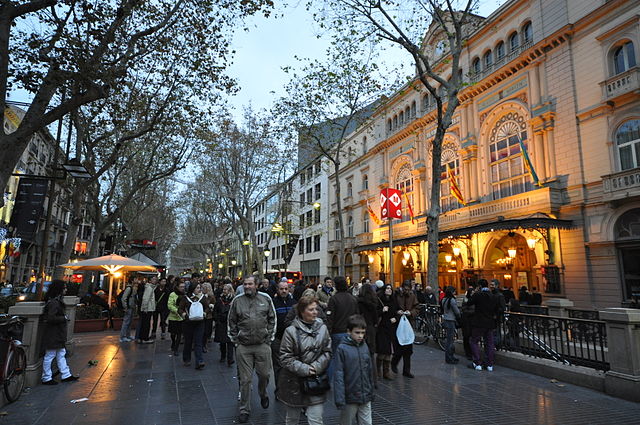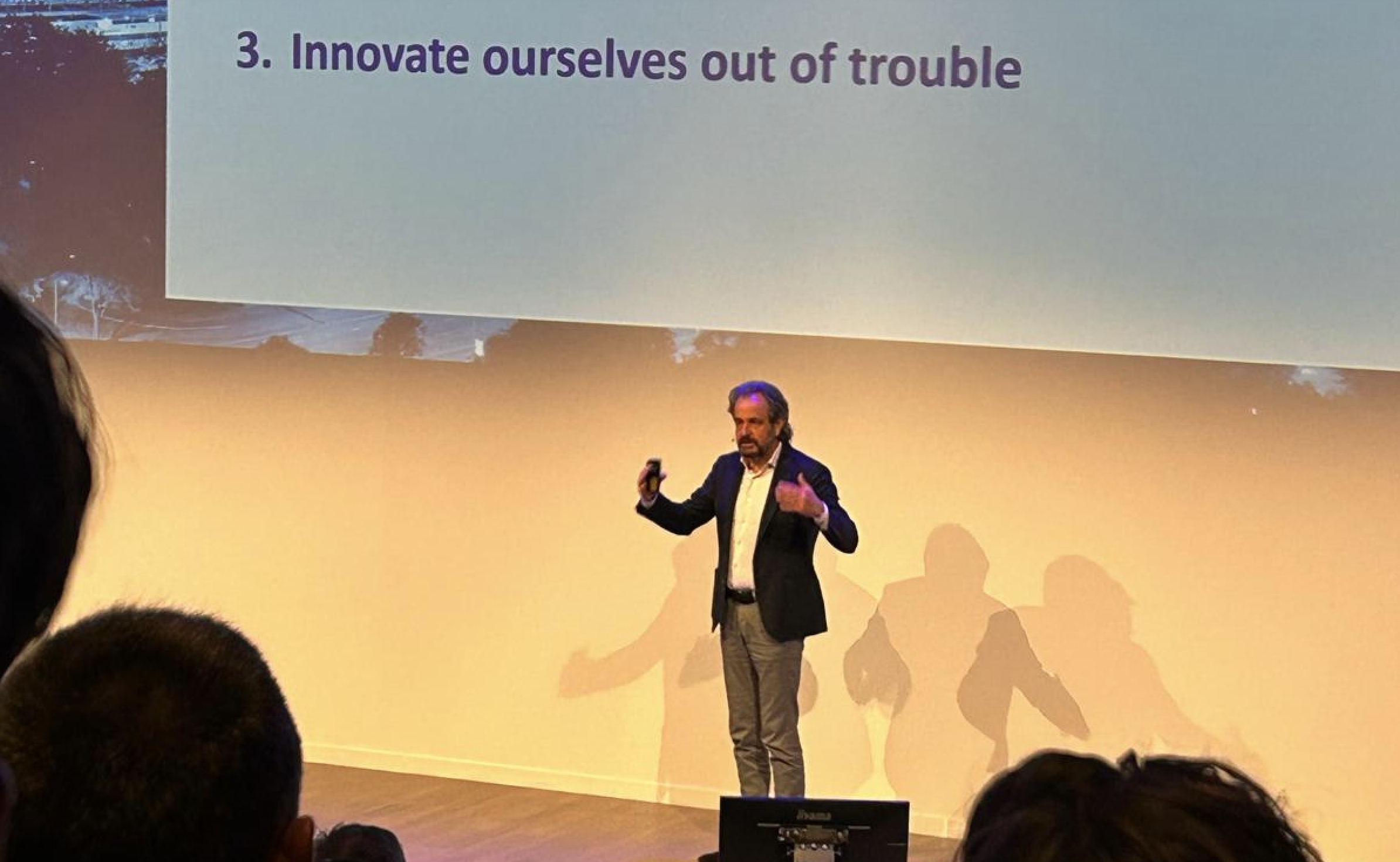
An interdisciplinary group of researchers uses basic research to obtain hard evidence about how people perceive and navigate their urban environments. Fractal – an irregular geometric structure – and nature-like design demonstrably promote physical and mental well-being, according to the researchers. They call for incorporating this knowledge into urban planning decisions, as published by the Max Planck Society in a press release.
Every year, tourists spend millions to travel to Barcelona – not least to stroll along the promenade “Las ramblas”, famed to be the most beautiful street in the world. What is it that makes this road so special? Why is it so desirable to saunter and let the eye wander from its façades and trees to its shops and cafés?
Aenne Brielmann of the Max Planck Institute for Biological Cybernetics in Tübingen, Germany, and her interdisciplinary research team now found comprehensive answers to these questions: “Urban planning and architecture usually operate in complete detachment from scientific results. But we now know a lot about how people perceive their environments and can use this knowledge accordingly,” she explains the motivation for their study.
Mathematics and neuroscience improve urban design
The researchers decided to forego questionnaires. Surveys run the risk to measure what people have been conditioned to perceive as pleasant and beautiful, since factors like our understanding of art or being used to modern cities can influence the answers. Brielmann and her colleagues, however, are interested in innate, biologically determined preferences. To this end, they use methods from mathematics and neuroscience. “Eye-tracking, for example, is a wonderful tool to help us make decisions in architecture and urban design that are based on tangible information,” says Brielmann. “We use it to measure where people direct their gaze. The gaze is typically a good indicator of what we pay attention to. If, for instance, we ask ourselves how well people can navigate the Frankfurt Airport, we first need to know if they even look in the direction of the signage.”
The direction of gaze also indicates preferences and liking: “Even very young children direct their gaze towards pleasant objects, and they even orient their bodies towards them,” explains Brielmann. This makes it feel easier and more natural to walk down a beautiful street like Las ramblas: the sequence of visual signals encourages the person to keep moving because new, attractive goals always keep presenting themselves. At the same time, stress and anxiety are reduced.
Non-geometric patterns – copied from nature
The team also has insights about what exactly makes a building or a street attractive: when things resemble nature, people perceive them as pleasant. Not only does this mean that the integration of natural elements such as sunlight, water, and plants positively influences how we experience an urban environment. Abstract principles, too, can be copied from nature: “Take a tree, for example: the structure of a branch resembles that of the whole tree, and this pattern is repeated in the tree in smaller and smaller forms. In other words, the tree is fractal, and thus visually stimulating.” People, Brielmann says, appreciate fractal designs also in architecture: “The more fractal patterns a façade offers, the more likely our eyes are to linger on it. Most traditional architectural styles incorporate fractal elements – but a blank concrete or glass façade has nothing to offer our eyes; in a sense, it’s invisible to us.”
The researchers therefore call for a prudent use of modernist design principles. Architecture is not only subject to artistic standards, Brielmann argues: “Museum visitors make the decision to look at art, but when it comes to architecture we have no choice. Architects have to realize that they also build for the vast majority of people who are not architects. And it is the well-being of this majority that we have at heart.”
Also interesting:
Open architecture, creative IT, digital technologies, and local culture: Oslo’s library is the world’s best
Selected for you!
Innovation Origins is the European platform for innovation news. In addition to the many reports from our own editors in 15 European countries, we select the most important press releases from reliable sources. This way you can stay up to date on what is happening in the world of innovation. Are you or do you know an organization that should not be missing from our list of selected sources? Then report to our editorial team.







